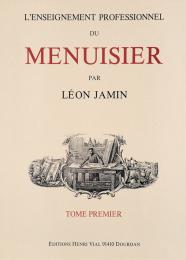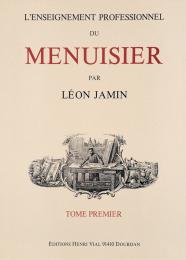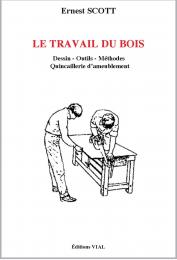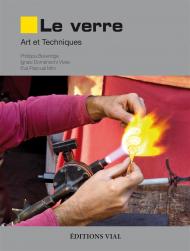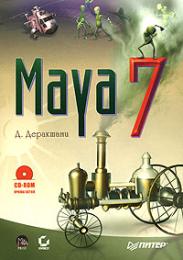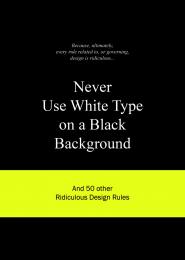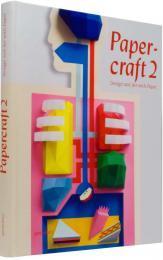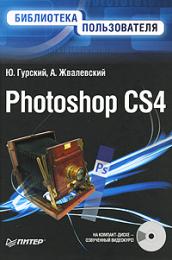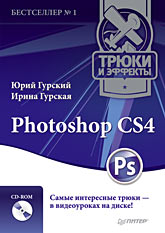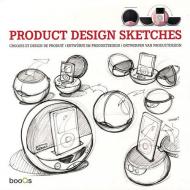Ce livre, publié pour la première fois en 1897 et constamment réédité depuis, est une véritable encyclopédie du travail du bois. Il comporte trois volumes soit plus de 200 planches qui rassemblent les principes de base nécessaires à l’exécution des ouvrages de menuiserie traditionnelle. À l’origine destiné aux apprentis menuisiers, il est devenu aujourd’hui un classique incontournable qui présente des réalisations simples et d’autres exceptionnelles, réalisées avec des techniques de toujours : l’art du trait et du dessin, rarement abordé en menuiserie, est ici développé clairement.
Tome 1 : ce premier volume propose un retour auxnotions de bases (le nom des choses, tracer une ligne, le contexte architectural d’une pièce de menuiserie) pour les éclaircir et les approfondir.
Il commence par un dictionnaire qui concerne à la fois le travail du bois (outillage, assemblages, pièces de menuiserie diverses) et l’architecture (éléments de construction, charpentes). Il se poursuit avec un traité de géométrie : l’histoire de cette science est suivie d’un long développement sur la géométrie descriptive, la plus utilisée dans le travail du bois. Sont successivement passés en revue les instruments de tracé et de dessin ; les tracés des lignes, des courbes, des surfaces, des volumes ; leur développement, les pénétrations. Ce précis de géométrie appliqué au bois est complété par un court traité de perspective et de dessin des ombres.
Pour terminer ce premier volume, l’architecture, que Léon Jamin considère comme indissolublement liée à la menuiserie qui est son« soutien indispensable », est décrite en détail à travers son histoire et une étude approfondie des ordres d’architecture. Même si l’auteur semble s’éloigner de son sujet, il a toujours en tête le travail du bois, et chaque détail mentionné concerne directement le menuisier.
Sommaire
Dictionnaire des principaux termes employés dans la menuiserie, la charpente, l’architecture et la géométrie.
De la géométrie
Ce qu’il faut pour dessiner
Des lignes, des angles, des triangles, des quadrilatères, du cercle, des polygones réguliers, de la scotie, des étoiles, des courbes (oves, ovales, ellipses, l’ellipsographe).
Des solides
développements, surfaces, projections, pénétration, volumes.
De la trigonométrie
mesures des distances, des hauteurs, les coupes.
De la perspective
Des ombres
De l’architecture
Historique
Des ordres d’architecture : origines, proportions, module.
Tracé de l’ordre dorique grec, ionique, toscan, corinthien, composite.
Les colonnes torses.
Entre-colonnes et portiques.
